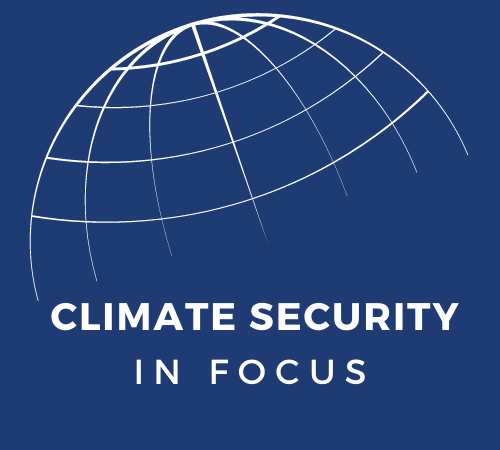
Understanding Food Security
As inflation persists, so do the discussions around food security. It is not only an issue that affects other countries, but one that affects people in the U.S. A recent survey reported that 89 percent of Americans believe food prices are higher than they were in 2021. Add to this picture a divided U.S. public on the overall health risk from food additives and genetically modified food, concerns about cost of food adversely affecting access to food, and an understanding of ‘food security’ becomes complicated. Over the last few decades, food security has gradually evolved further to incorporate new components like availability, stability, chronic problems of inadequate access, utilization, resilience, and nutrition. So, what is food security?
The concept of food security first came to prominence at the World Food Conference in 1974 and was quickly followed by discussions in the late 1970s regarding the shortfall in world food production and the run-up in prices. In turn, food security was initially understood as avoiding temporary shortfalls in the overall supply of food.
But the food crisis in 1973-74 led to the development of ‘availability’ and ‘stability’ as key components of food security. The 1980s saw famines in Africa as a direct result of poor governance, which introduced “access” as a key component, and the increased focus on health in the 1990s and 2000s broadened the food security concept even further to include the ‘utilization’ of safe and ‘nutritious’ foods. Food security was ultimately defined at the World Food Summit in 1996 as a situation that exists when all people, at all times, have physical, social and economic access to sufficient, safe and nutritious food that meets their dietary needs and food preferences for an active and healthy lifestyle. Today, food security is made up of a range of factors, including:
- Availability: the production and supply of food.
- Stability: the ability to obtain food over time, which is contingent on availability, access, and utilization being present.
- Access: the ability to acquire adequate quantity (enough to provide energy) and quality food (enough to provide all essential nutrients), including affordability.
- Utilization: the ability to make good use of food.
- Resilience: the ability to withstand stressors and shocks to the food system.
- Safe: food that is free of contaminants and does not pose health risks.
- Nutrition: the sufficient quantity and quality of food to meet nutritional requirements.
- Preference: the ability to obtain food that is culturally acceptable and meets personal preferences.
Food security determination also includes price volatility, financial crises, inequality, governance, and most importantly—climate change. Climate change is projected to present a disproportionately large threat to food security due to increased frequency and intensity of extreme weather events that threaten to wipe out crops, such as droughts. Erratic rainfall, rising sea levels, pests, disease and invasive species, and unseasonable temperature fluctuations each threaten the food supply chain too. Impacts from climate change can exacerbate weather shocks that undermine food production, change diets, worsen crop yield gaps, increase food waste, disrupt the global trade system, and inhibit biofuel production.
The U.S. Department of Agriculture (USDA), U.S. Food and Drug Administration (USFDA), U.S. Department of State, the U.S. Agency for International Development (USAID), the U.S. Environmental Protection Agency (EPA), Group of Seven (G7), and the World Health Organization have all recognized the importance of food security to general health and broader international stability. In a global context, food security has recently been on the agenda, primarily because of globalized supply chain issues affected by the war in Ukraine. For example, global wheat supply has been adversely affected and this is especially problematic for many Arab countries which have been, for years, major importers of Russian and Ukrainian wheat. However, food security is not a new issue. In 2012, the American Security Project highlighted how an external shock—such as conflict or extreme weather events—could create an imbalance in the food supply chain and there was need to enhance resilience in the chain to prevent instability. Similarly, there have been warning signs regarding food security in India, Bangladesh, and Afghanistan, with Afghanistan being at high risk of food insecurity.
In May 2022, the G7 created the Global Alliance for Food Security (GAFS) to combat the global food crisis. The GAFS seeks to respond to the global surge in food prices and calls for an increase in the “supplies of food, fertilizer, and fuel, remove barriers to trade, and provide financial support to ease the impacts” of the food price surge. To this end, the G7 committed $4.5b to protect the most vulnerable from hunger and malnutrition, as well as several other initiatives outlined their statement on Global Food Security. While this is an admirable step, with the war in Ukraine raging on, there will likely be more food security developments soon to follow.
Climate Security in Focus is a blog series dedicated to exploring key elements of climate security that impact American interests both at home and abroad. The series aims to examine specific aspects of climate security issues in order to better understand climate policy challenges, facilitate conversation, and generate ideas.





